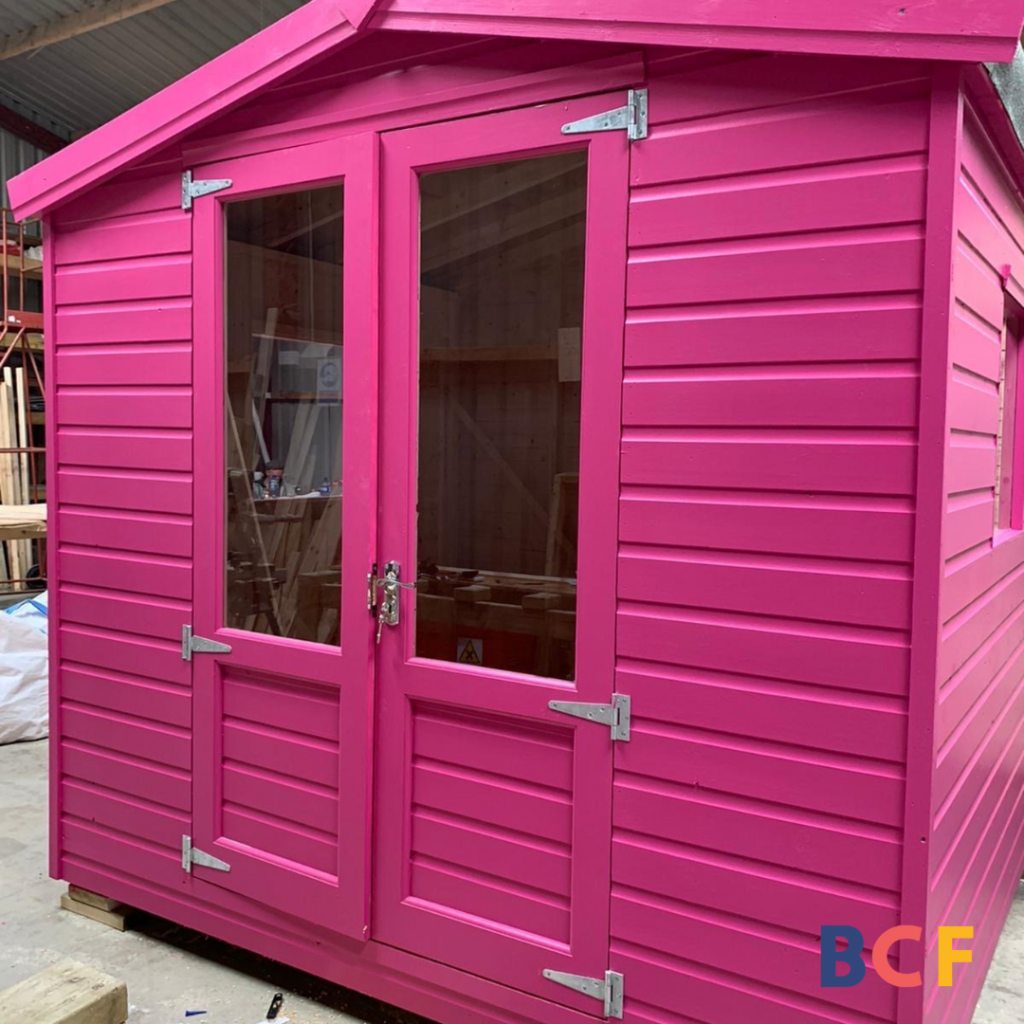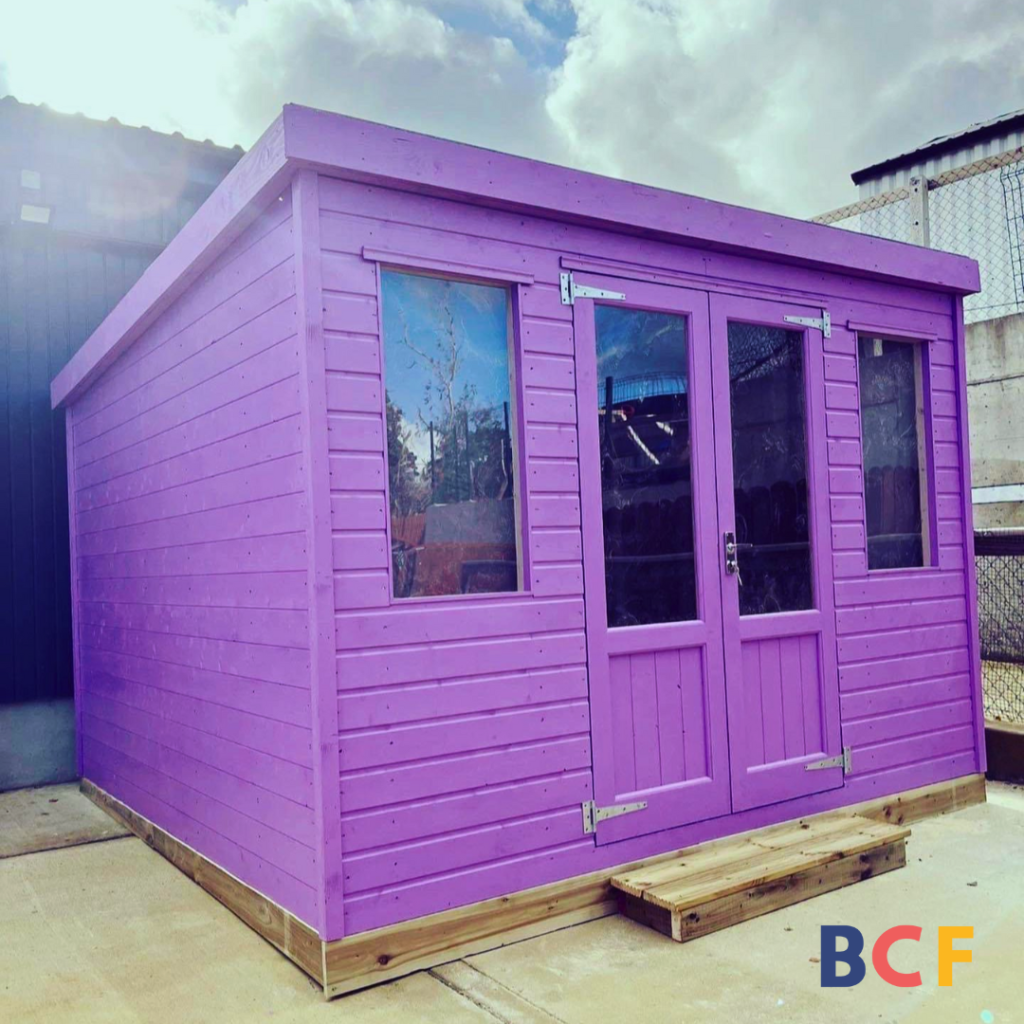Creating a Calming Environment: The Power of Sensory Rooms
What Is a Sensory Room?
A sensory room is a specially designed space that provides a range of stimuli to help individuals, particularly children, develop and engage their senses. These rooms are tailored to meet the needs of individuals with sensory processing disorders, autism, ADHD, and other special needs. By offering a variety of sensory experiences, these rooms can be both calming and stimulating, depending on the needs of the user.
The Calming Effect of Sensory Rooms
One of the primary benefits of a sensory room is its ability to create a calming environment. For children with sensory processing issues, everyday stimuli can be overwhelming. A sensory room provides a controlled environment where these children can escape from overstimulation. The use of soft lighting, gentle sounds, and tactile objects can reduce anxiety and help children regain a sense of calm.
Sensory Rooms in Educational Settings
In schools, sensory rooms serve as a safe haven for students who need a break from the traditional classroom environment. These rooms are equipped with tools that help children self-regulate their emotions, improving focus and behaviour in the classroom. Teachers have reported that sensory rooms lead to better academic performance and social interactions.
The Role of Sensory Rooms at Home
Having a sensory room at home provides a constant refuge for children who need to manage their sensory input. Parents can tailor these rooms to their child’s specific needs, incorporating elements that soothe and engage. A home sensory room can significantly improve a child’s quality of life, offering a space where they feel safe and understood.
The Role of Sensory Rooms in Educational Settings
Sensory Rooms as Educational Tools
Sensory rooms have become an essential part of many educational settings, offering a unique way to support students with special needs. These rooms are designed to enhance learning through sensory play, helping students develop critical skills in a controlled and supportive environment.
Enhancing Cognitive Development
Sensory rooms in schools are not just for relaxation; they are powerful tools for cognitive development. By engaging multiple senses simultaneously, these rooms help children develop better motor skills, improve focus, and enhance problem-solving abilities. Activities in sensory rooms are often designed to align with educational goals, making learning a multi-sensory experience.
Improving Social Interaction
In a sensory room, children can explore their senses in a safe and non-judgmental space, which encourages positive social interactions. Schools have found that students who use sensory rooms are more likely to engage with their peers in the classroom. These rooms help students build confidence in their social skills, which translates to better group work and collaboration.
Sensory Rooms as Safe Spaces
For students who struggle with sensory overload, a sensory room offers a much-needed break. These rooms are equipped with calming tools like soft cushions, weighted blankets, and noise-cancelling headphones, allowing students to decompress before returning to the classroom. This break can make a significant difference in a student’s ability to cope with the demands of school.






